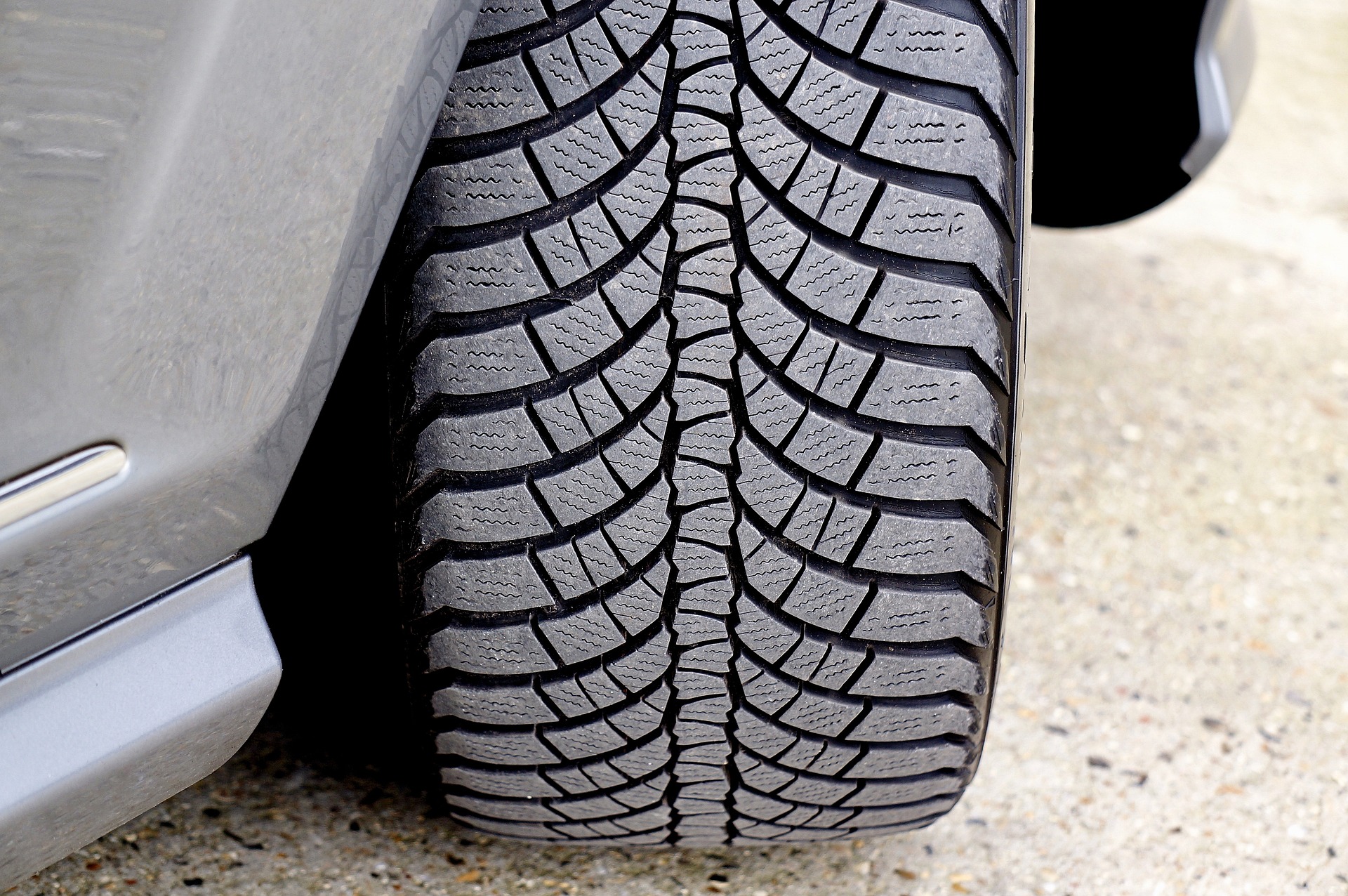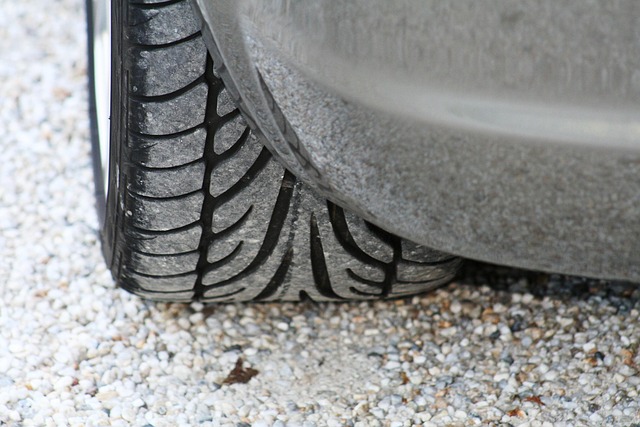Tires Buying Guide: A Complete Guide for Drivers
Tires are essential for your vehicle’s safety and performance, but choosing the right ones can be overwhelming. With so many brands, sizes, and types available, it’s important to be well-informed before making a purchase. This guide will walk you through the process of buying tires—from understanding different types to comparing performance and prices—so you can make an informed decision that suits your driving habits, vehicle, and budget.
Compare Different Types of Tires and Their Ideal Uses
Tires fall into several categories, each engineered for specific driving conditions and performance needs. All-season tires offer balanced performance across moderate weather conditions, making them suitable for drivers in regions with mild winters and dry summers. Summer tires prioritize grip and handling in warm, dry, and wet conditions but lose effectiveness below 45 degrees Fahrenheit. Winter tires feature specialized rubber compounds and tread patterns designed to maintain flexibility and traction in freezing temperatures, snow, and ice. Performance tires deliver enhanced cornering and responsiveness for sports cars and spirited driving, while all-terrain and mud-terrain tires cater to off-road enthusiasts who navigate unpaved surfaces regularly. Understanding your typical driving environment helps narrow down which tire type aligns with your needs.
How Tire Size, Load Index, and Speed Rating Work
Every tire sidewall displays a standardized code that reveals critical compatibility information. A typical marking like P215/65R15 95H contains multiple data points. The first number indicates tire width in millimeters, the aspect ratio shows sidewall height as a percentage of width, and the diameter corresponds to the wheel size in inches. The load index, represented by a numerical value, indicates the maximum weight each tire can safely support when properly inflated. The speed rating, shown as a letter, specifies the maximum sustained speed capability. Installing tires with incorrect specifications can compromise vehicle handling, fuel efficiency, and safety systems like anti-lock brakes and stability control. Always consult your vehicle owner’s manual or the placard inside the driver’s door jamb to verify the recommended tire specifications before purchasing replacements.
Tread Pattern and Compound Effects on Performance
Tread design and rubber formulation directly influence how tires perform across different metrics. Symmetrical tread patterns provide quiet, comfortable rides with even wear characteristics, ideal for everyday commuting. Asymmetrical designs combine different tread zones to balance dry grip, wet traction, and cornering stability. Directional patterns, recognizable by their V-shaped grooves, excel at channeling water away to reduce hydroplaning risk. The rubber compound affects multiple performance aspects simultaneously. Softer compounds increase grip but wear faster and may generate more road noise, while harder compounds extend tread life and improve fuel economy at the expense of ultimate traction. Tire manufacturers continuously balance these competing priorities, and understanding these tradeoffs helps you select tires that match your driving priorities, whether that means maximum longevity, superior handling, or quiet comfort.
Maintenance Best Practices for Tire Longevity
Proper tire maintenance extends service life and maintains safe performance characteristics. Tire rotation, typically recommended every 5,000 to 7,500 miles, promotes even tread wear by moving tires between positions where they experience different stress patterns. Front tires on front-wheel-drive vehicles wear faster due to steering and power delivery, making regular rotation particularly important. Wheel alignment ensures tires contact the road at optimal angles, preventing premature wear and maintaining predictable handling. Misalignment often results from hitting potholes or curbs and manifests as uneven tread wear or vehicle pulling to one side. Maintaining proper tire pressure, checked monthly when tires are cold, prevents both underinflation and overinflation issues. Underinflated tires wear excessively on outer edges, increase rolling resistance, and risk overheating, while overinflated tires wear centers prematurely and provide harsh rides with reduced contact patches. Regular visual inspections for cuts, bulges, and embedded objects help catch potential failures before they become safety hazards.
Tradeoffs Between Longevity, Grip, and Fuel Efficiency
Tire selection inherently involves compromising between competing performance attributes. Tires engineered for maximum tread life typically use harder rubber compounds and simplified tread patterns that reduce rolling resistance. These characteristics improve fuel economy and extend replacement intervals but often deliver less aggressive grip in challenging conditions. Conversely, performance-oriented tires with softer compounds and complex tread designs provide superior traction and handling responsiveness but wear more quickly and may increase fuel consumption due to higher rolling resistance. All-season tires attempt to balance these factors, offering reasonable performance across multiple metrics without excelling in any single area. Drivers who prioritize fuel efficiency and longevity might accept reduced wet weather performance, while those who value handling and safety in varied conditions may accept more frequent replacements. Climate, typical driving conditions, annual mileage, and personal priorities all influence which tradeoffs make sense for individual situations. Recognizing that no single tire optimizes every performance metric simultaneously helps set realistic expectations and guides selection toward options that align with your specific requirements.
Conclusion
Choosing appropriate tires requires balancing technical specifications, performance characteristics, maintenance commitments, and personal driving patterns. Understanding tire types, decoding sidewall markings, recognizing how design choices affect behavior, maintaining proper care routines, and acknowledging inherent tradeoffs empowers you to make informed decisions. Whether prioritizing longevity, grip, comfort, or efficiency, matching tire selection to your specific needs enhances both safety and satisfaction throughout the ownership period.





